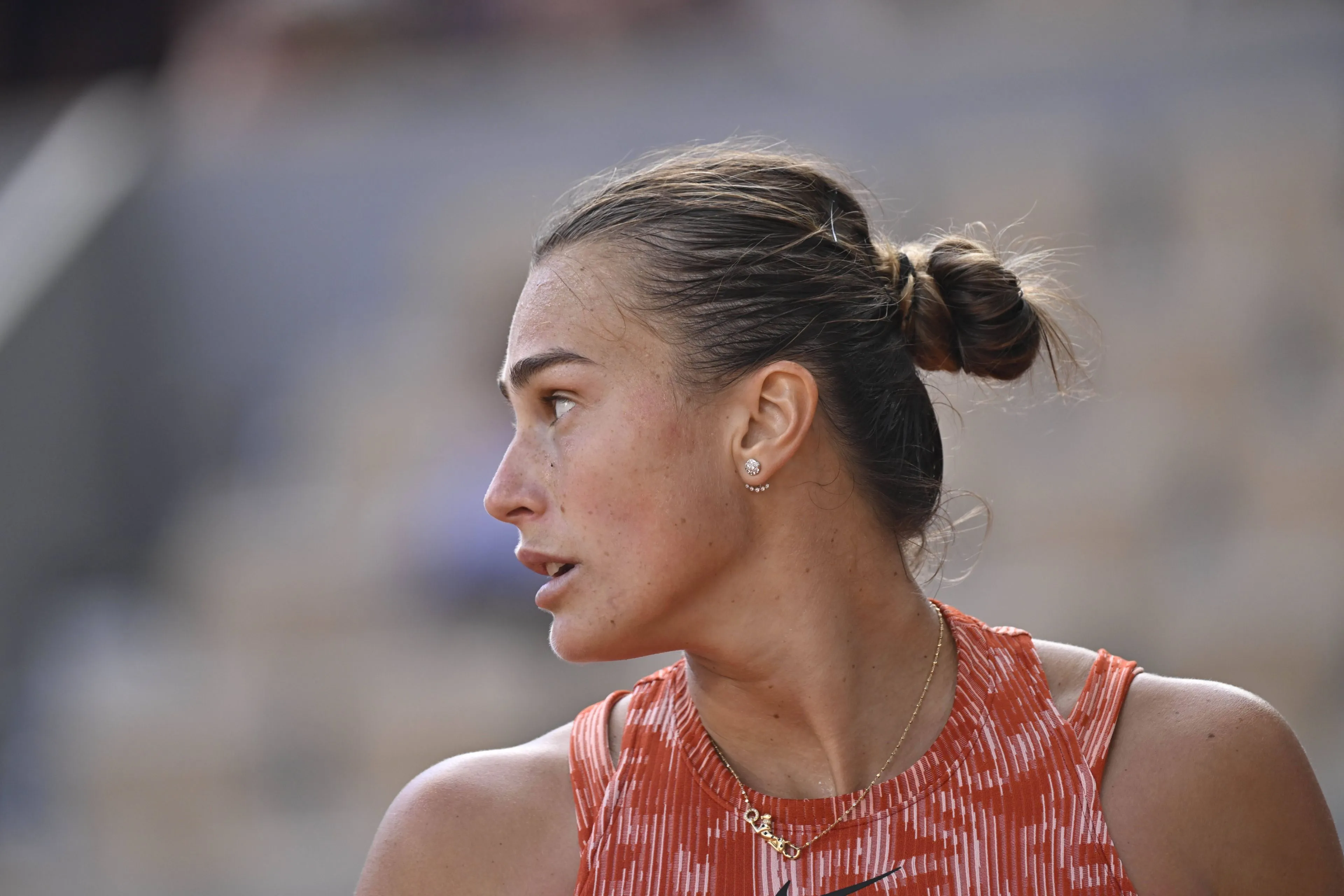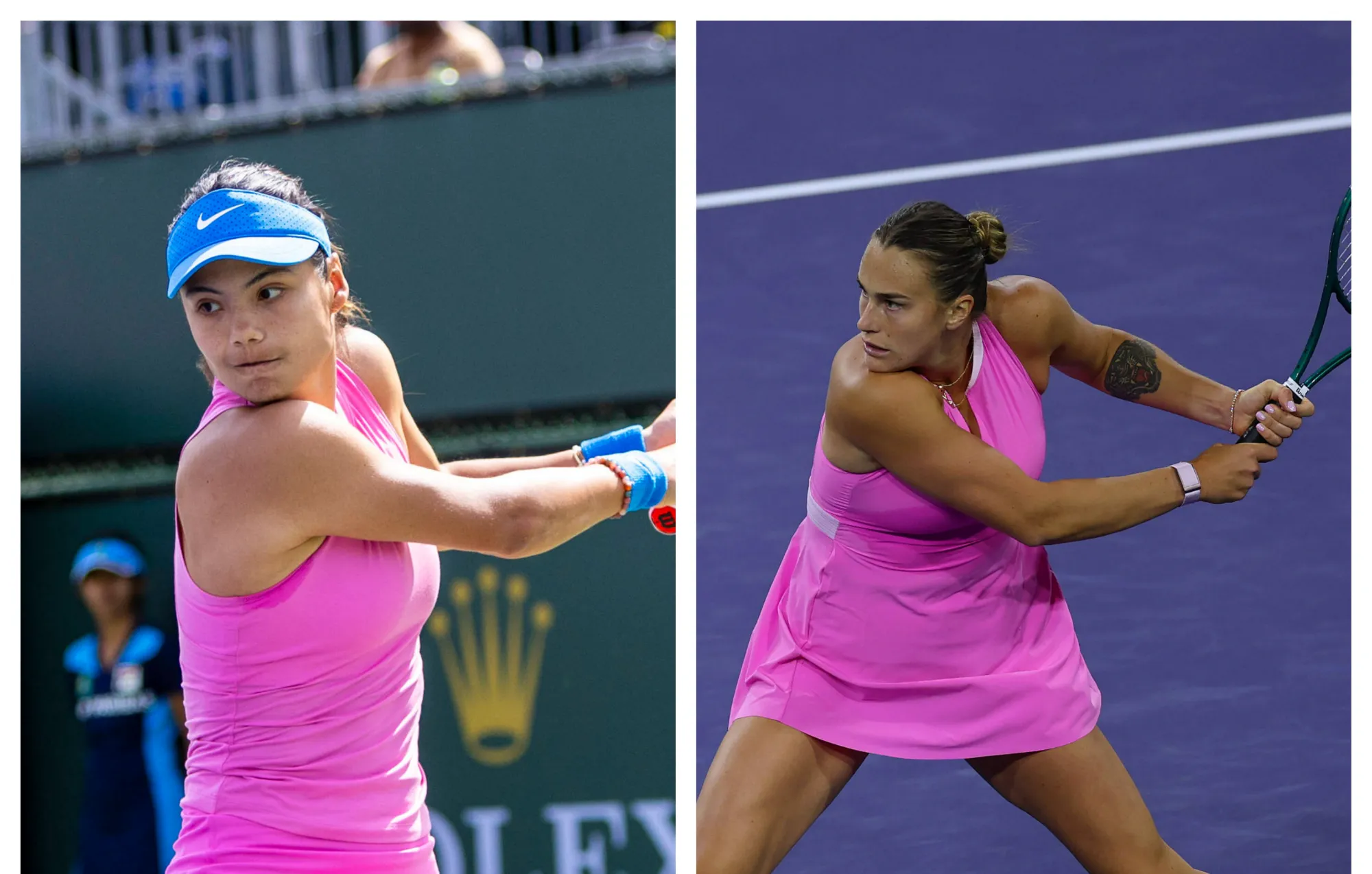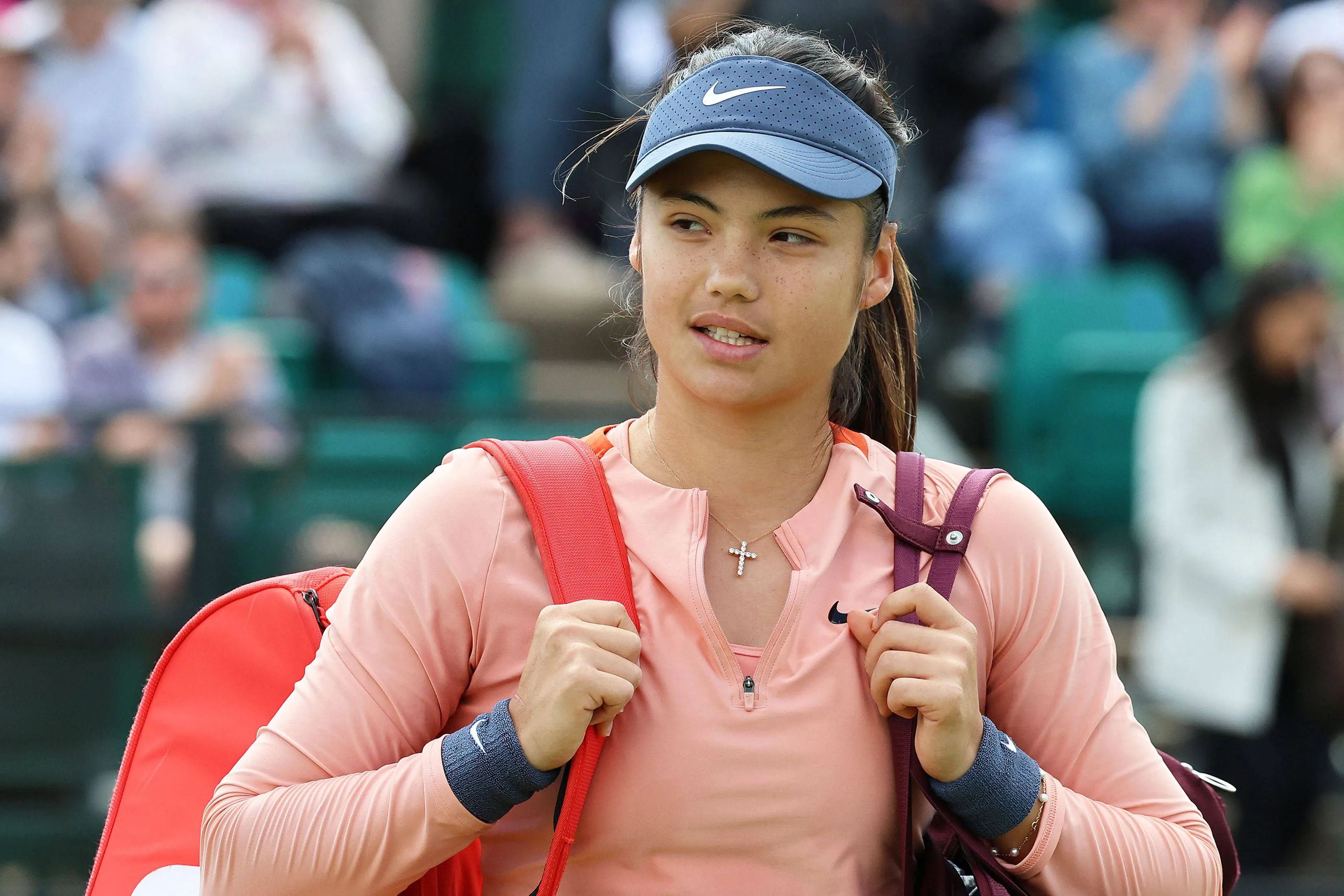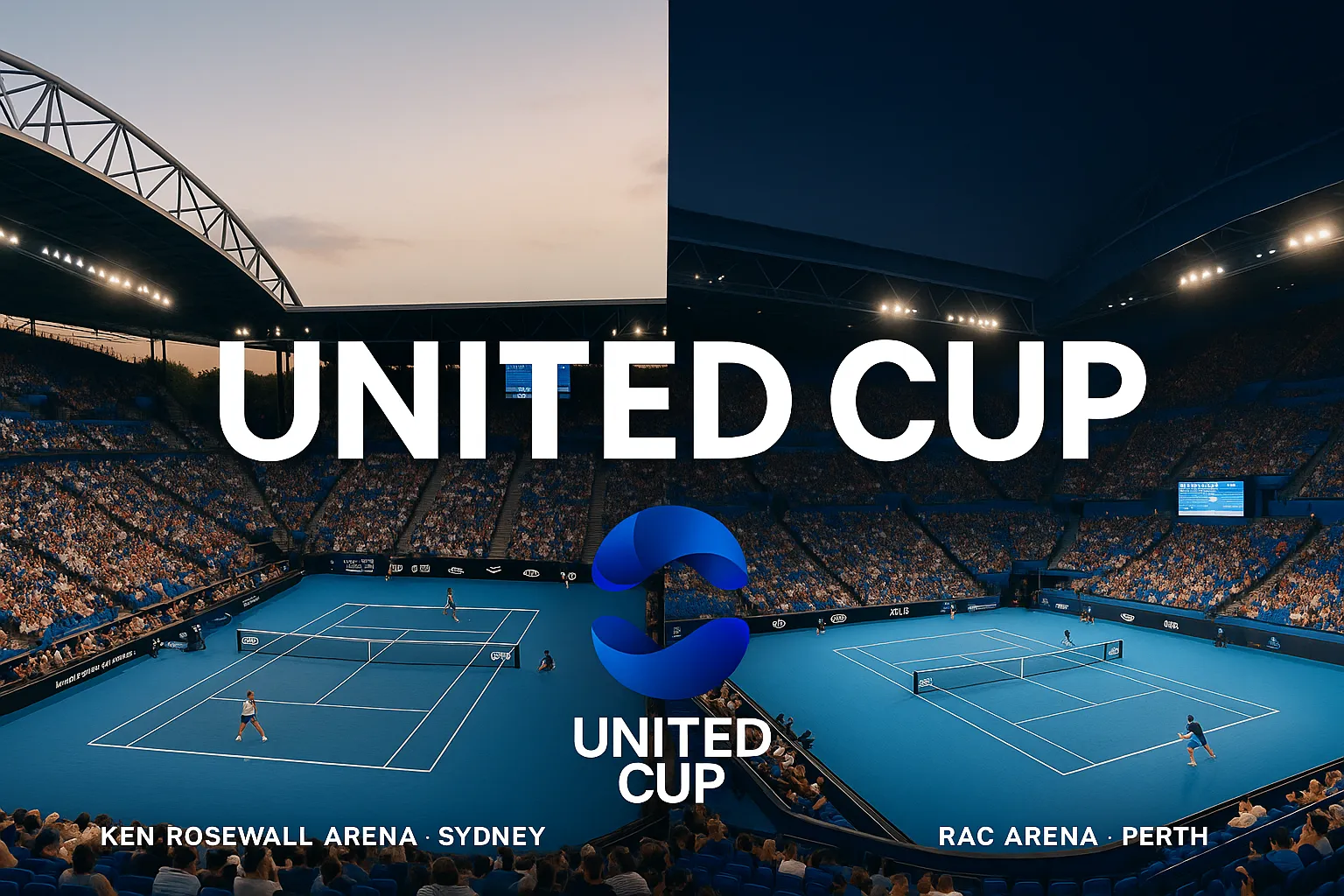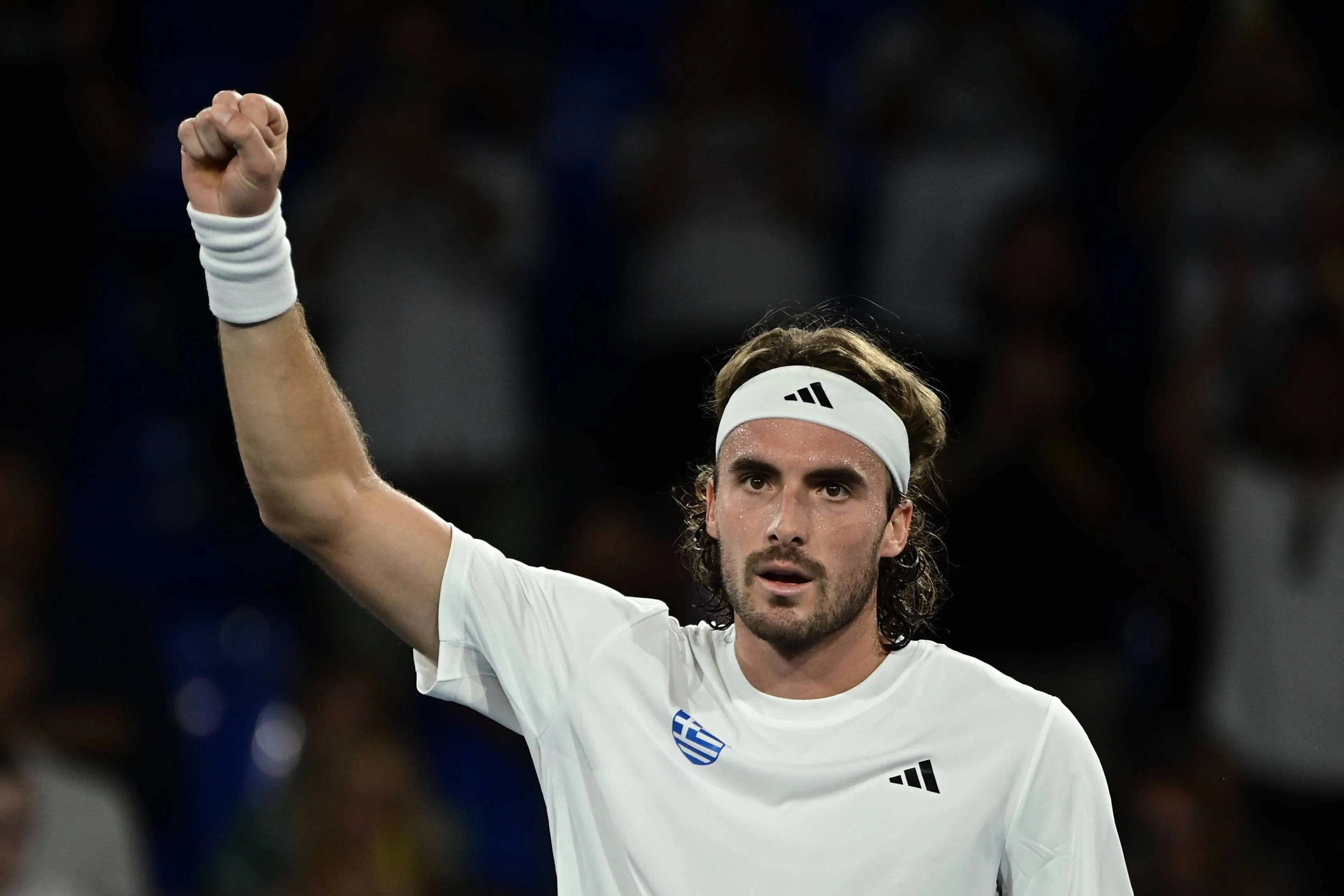Ons Jabeur calls out Olympic scheduling: “I don’t think the schedule of this year suits any professional tennis players”
WTASunday, 28 July 2024 at 22:30
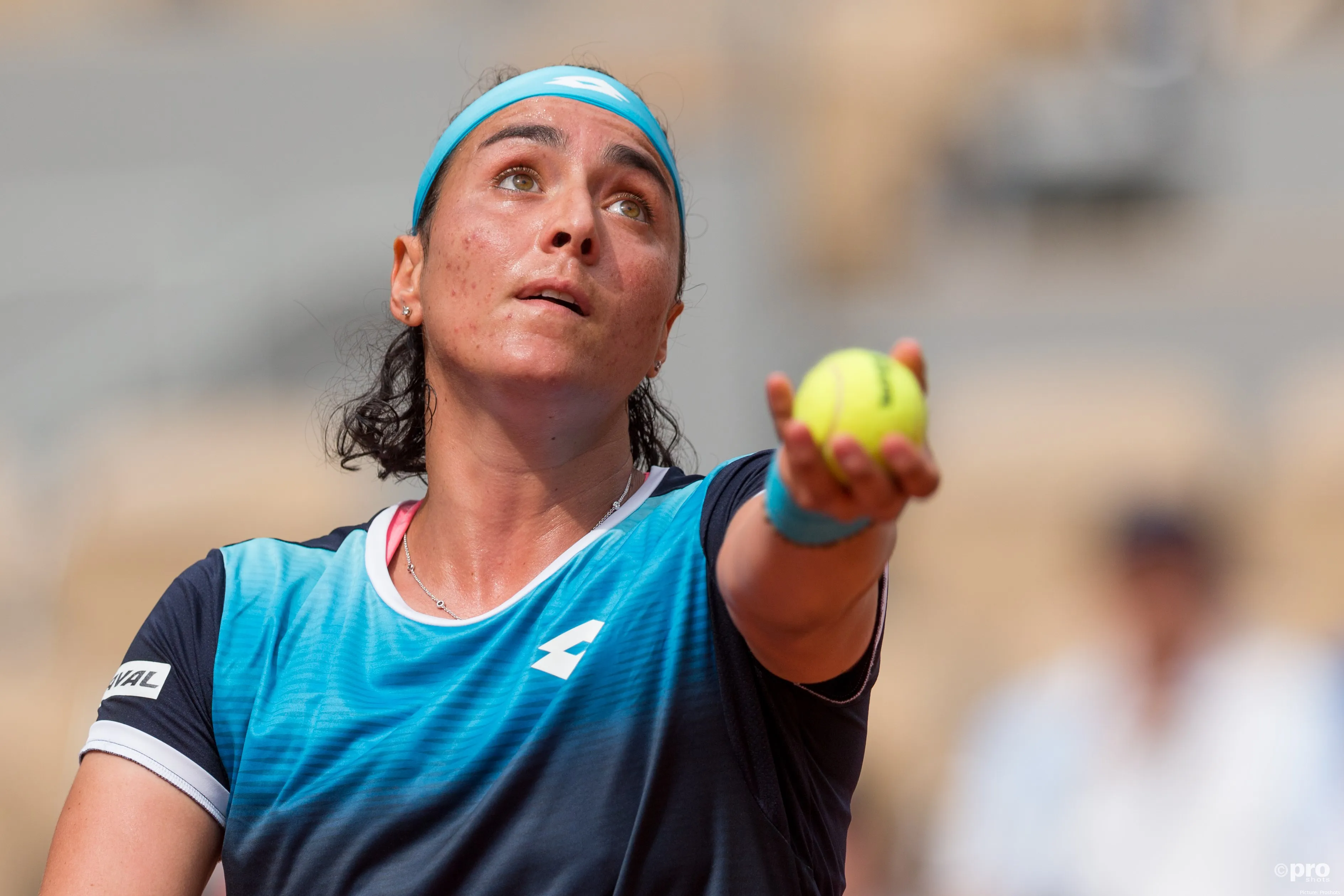
Ons Jabeur
criticized the tennis schedule amid surface changes for the Olympic Games. The
three-time Grand Slam runner-up decided not to participate in Paris 2024 due to
knee problems, and the quick return to clay could potentially harm her.
The
Tunisian chose not to travel to Paris and is instead in the US to compete in
the WTA 250 DC Open on hard courts starting Monday. Jabeur commented that the
Tour schedule and the timing of the Olympics complicated her situation due to
the physical repercussions involved.
“I didn’t want to make the same kind of mistakes"
The
demanding WTA and ATP Tour seasons increasingly challenge players with injuries
throughout the year. Not only are tournaments played almost year-round, with
only a few weeks off in December used by several players to start preseason
training, but surface changes are also complicated.
Read also
In April,
the clay swing began and lasted nearly two months until the end of the French
Open. The following week, grass-court tournaments began, lasting just over a
month until the end of Wimbledon. With less than two weeks until the Olympics,
several players questioned whether returning to clay for just one tournament
would be good for their health, especially as hard-court tournaments return
during the North American swing.
More
players are suffering from injuries throughout the year, and Jabeur is one of
them. She chose to travel directly to the US and avoid adapting to clay again
in such a short time: “I didn’t play the Olympics because of the surface
changes. Since I have knee problems, it would be a very tough decision to
take.”
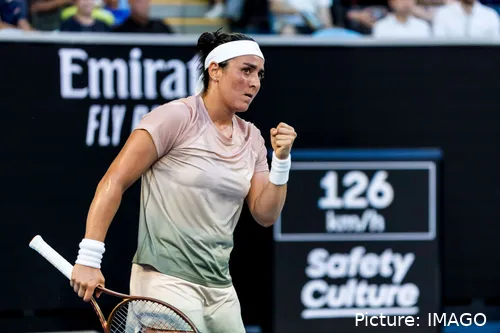
Ons Jabeur at the 2024 Australian Open.
“It would
probably make me not be able to play for the rest of the season. I’m managing
my knee so much – probably people don’t know what’s happening on the inside,”
the former world No. 2 added. “It was a very tough decision not to go to the
Olympics – but I’m very happy to be here. I haven’t played a lot of matches
this year. I basically skipped the beginning of the year.”
Jabeur is
not the only one mentioning physical prevention during these weeks, as players
like Aryna Sabalenka, Paula Badosa, and Emma Raducanu also wanted to avoid
physical repercussions. “I didn’t want to make the same kind of mistakes and go
and not be 100%. If I didn’t feel like going there and winning the medal, why
go in the first place?” Jabeur added.
Read also
“With my
injury, I just need more time to get ready for the clay. In general, just
changing the surfaces, it’s tough to go from grass to clay. Since I already
changed from hard to clay, clay to grass, grass to hard, it would add one more
surface to me.”
Jabeur
criticized the tight time between the Olympics and the next WTA 1000 at the
Canadian Open, which starts on August 6 in Toronto, just two days after the
Olympics final on August 4. This does not consider the need to switch from clay
to hard court and travel from France to Canada in under two days.
“You can
see the timing between the Olympics and Toronto is really, really tight.
Honestly, I don’t think the schedule of this year in general suits any
professional tennis players,” Jabeur said. c. I know there are so many players that had different
injuries, and they chose not to risk it because of that.”
Read also
Similarly,
2021 US Open champion Raducanu commented that she is in a similar situation, as
recent injuries, including surgeries, could be complicated if she overexerts
her body with surface changes: “The change in surface isn’t the best thing for
me right now. In the future, maybe it would have been,” she said.
“At this
moment in time, I think switching to clay straight after grass, it’s such a big
contrast, then back onto the hard courts, I didn’t want to risk anything. For
me, this option was just a lot better,” Raducanu added.
claps 0visitors 0
Just In
Popular News
Latest Comments
- Venus Williams should not be given any wild cards. They should be given to younger players only. It is a disgrace to see a senior citizen struggling and moving like a SLOTH out there on court. She looks like Mike Tyson in his last fight. It is a disgrace.
- Old (very old), unimportant, meaningless 'news'. Normally this screams "PAY ATTENTION TO ME". But hard to tell who is seeking the attention??
- A few of the consistent players who had successfully climbed the charts last half of last season look to be for real again (Yastremska, Eala, Lys, Anisimova, and so). Barring injury or exhaustion this could be a Top 20 battle for top spots this season.
- She'll be "stacking" losses.
- Gross, unnecessary, and UNFAIR TO YOUNG COMPETITIVE PLAYERS.
- Thanks for sending It home.
- First round loss as usual, plus she moves like a sloth. It is unbelievable that she actually went 3 rounds with someone. Women tennis needs to be abolished, because if they cannot find quality players or give younger players a chance at these wild cards, there is no use to have their side of the sport exist. It is getting more and more ridiculous. And unwatchable.
- I see Emma has already begun her "reduced" schedule! Ha-ha-ha
- I agree 100% on axing the post-match Runner-up mandatory speech. There is so much wrong with that -- hanging time up to 20 minutes; cameras in your face as you wait on the bench to tell everyone how "amazing" they are, how "amazing" your opponent and his/her team are; pretend how happy it is to finish in Second Place; how much you "love the venue and atmosphere"; what restaurants & shops you visited and so. It's an unnecessary added and RIDICULOUS pressure..
- She can't hide the dropping of sponsors at this point. BTW: Nike reduced their $ponsor$hip last year (people have short memories). Bye, Bye Wilson!
Loading
